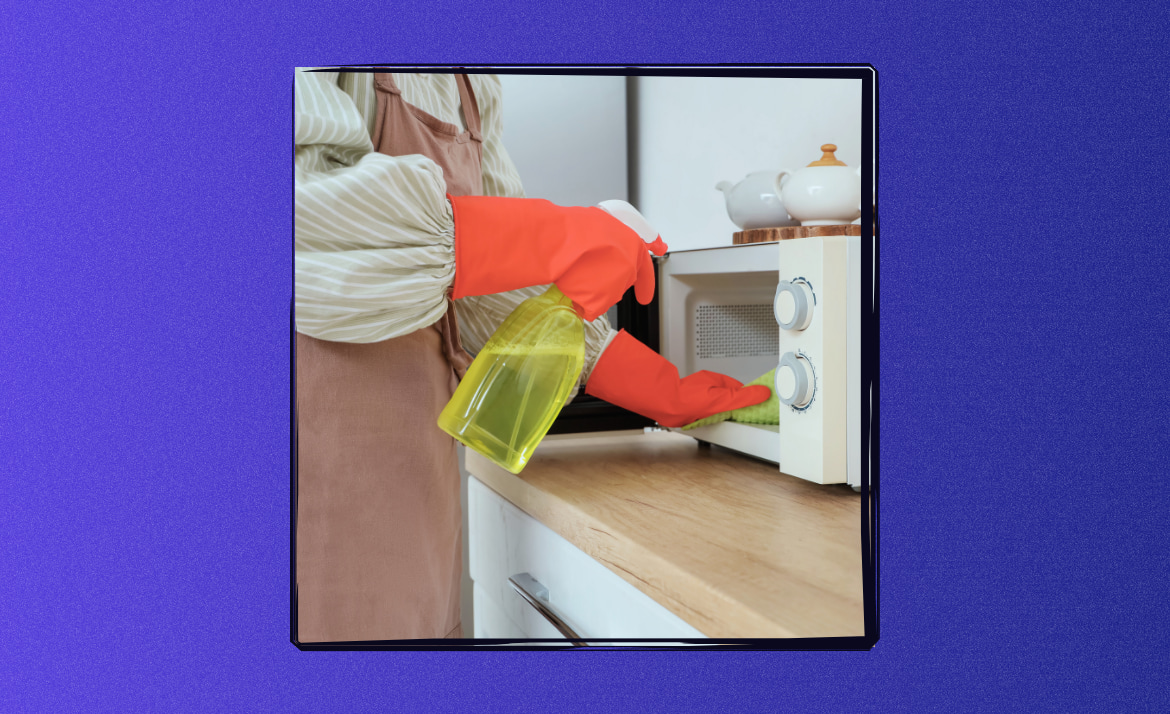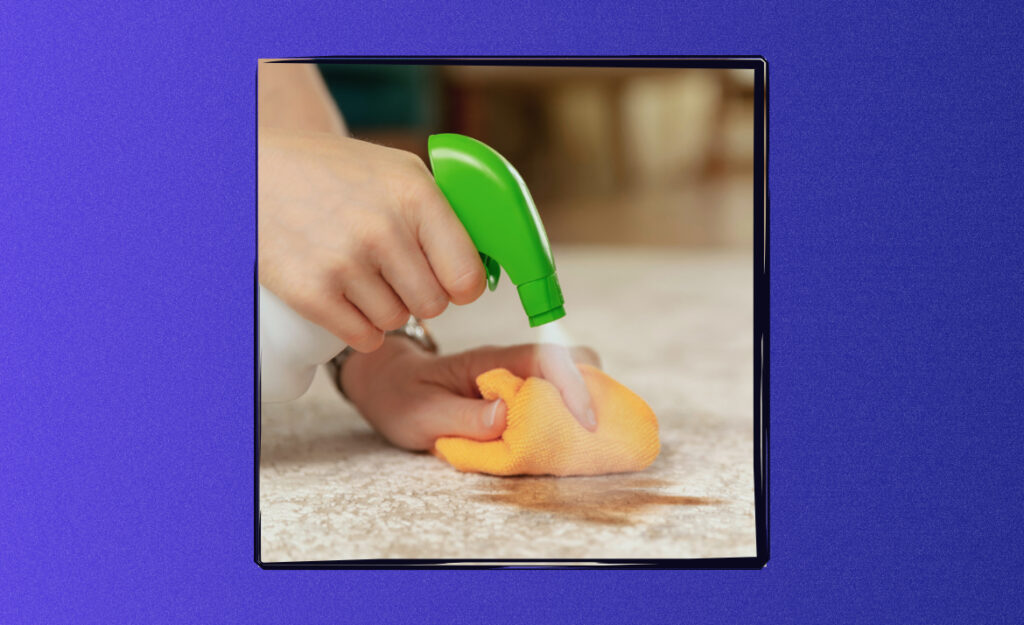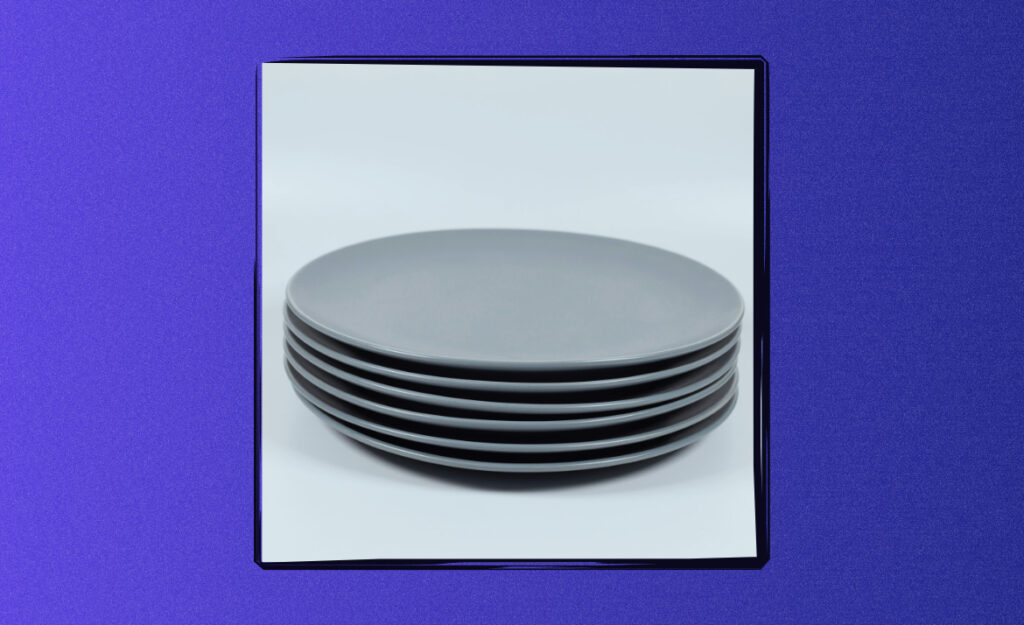
When you open your fridge and catch a whiff that stops you in your tracks, it’s hard to forget. That lingering scent can overwhelm, especially when the promise of a fresh fridge odor turns sour in your kitchen sanctuary.
Cleanliness in your refrigerator isn’t just about tidiness; it shapes the way your food tastes and feels. Unwanted smells can dull your appetite and cause unnecessary embarrassment when guests pop in unexpectedly.
If you crave a solution that actually sticks, this guide will walk you through proven strategies. Let’s uncover practical steps, actionable routines, and real-life examples that deliver a truly fresh fridge odor for good.

Clean Microwave: Fast Routes to Remove Stains and Odors
Discover fast clean microwave tips using simple routines, natural solutions, and practical tools to erase stains, kill odors, and keep your appliance sparkling clean every day.Deep-Clean Routine Transforms Odor Issues Immediately
Start by emptying your refrigerator so you can address every shelf and crevice. Removing all items lets you spot sources of odor and prevents the risk of cross-contamination during cleaning sessions.
With your fridge clear, wipe down interior surfaces using a mixture of baking soda and warm water. This method helps neutralize unpleasant smells and sets a clean foundation for a fresh fridge odor moving forward.
Spot-Check Expired Foods with a Proven (and Simple) Script
Look at each item. Say out loud: “Would I eat this today?” If the answer is no or you hesitate, it’s time for the trash. Old leftovers and forgotten condiments are frequent culprits.
Hold containers at eye level. Check for any signs of mold, color changes, or leaks. This small habit, practiced weekly, prevents odor buildup from even starting.
Before returning food, wipe off sticky jars and dirty bottles at the sink. Lingering crumbs or sauces carry bacteria that produce bad fridge smells. Reset those zones for lasting cleanliness.
Use a Shelf-By-Shelf Cleaning Method for Spotless Organization
Remove shelves and drawers. Wash each piece with soapy water, rinse, and dry thoroughly. Visualize each cleaned section as a fresh block—like resetting calendar days for a new week.
Lift removable bins and coils to check underneath—crumbs and spills hide here. Every hidden surface needs attention for a truly fresh fridge odor.
Reassemble shelves once they’re dry. Organizing as you return items creates a system to spot future leaks or spoiling foods easily.
| Cleaning Product | Main Purpose | Application Tip | Best For |
|---|---|---|---|
| Baking Soda | Neutralizes odors | Mix with water; wipe surfaces | General deodorizing |
| White Vinegar | Kills bacteria | Apply diluted; avoid metal | Sticky spills |
| Lemon Juice | Adds pleasant scent | Mix with water; wipe rinds | Refresh and brighten |
| Soap and Water | Removes debris | Use warm; rinse thoroughly | General cleaning |
| Activated Charcoal | Absorbs odors | Place in dish; refresh monthly | Long-term freshness |
Naturally Absorb Odors and Prevent Recurrence
Placing odor absorbers in your refrigerator ensures ongoing freshness, keeping offensive smells from returning. These simple additions create a barrier against lingering food aromas.
Choose natural materials such as baking soda, activated charcoal, or coffee grounds to absorb excess moisture and odors. Unlike artificial scents, these do not mask the bad smell but truly neutralize it.
Place Baking Soda in the Back Corner
Baking soda is a tried-and-true option for a fresh fridge odor. Place an open box or bowl at the back of an upper shelf to maximize air circulation and absorption.
- Put baking soda in a shallow dish, set it toward the back; replace every 30 days for best results and persistent freshness.
- Keep away from strong food items to avoid absorbing their flavors, which can accelerate wear-out.
- Never sprinkle directly onto shelves to prevent residue buildup and hard-to-remove messes.
- Tilt open boxes for broader surface exposure, improving neutralization power each day you open the door.
- Mark your calendar, “Switch out baking soda,” as a monthly reminder for consistent odor control.
This common routine protects you from the shock of returning odors after grocery shopping or party leftovers.
Opt for Reusable Charcoal Bags to Capture Lingering Stink
Activated charcoal bags offer reusable odor removal. Tuck them discreetly inside veggie drawers or behind milk cartons for invisible protection.
- Renew charcoal bags by placing them in sunlight for a few hours monthly; it drives out absorbed particles and restores absorption ability.
- Buy food-safe, fridge-specific products for maximum safety and efficiency.
- Rotate bag locations—move them weekly inside the fridge to cover different odor zones.
- Pair with other absorbents, like coffee grounds, for layered smell-capture power if you notice especially tough odors.
- Keep an extra bag on hand; rotate fresh into the fridge and spent out, ensuring no gaps in coverage.
Charcoal’s moisture-locking effect can even minimize the risk of frost buildup and unwanted damp spots inside your appliance.
Avoid These Odor Triggers Before They Start
If you’re tired of surprise smells, you can control common triggers and stay ahead. This step transforms the fridge into a low-maintenance, fresh fridge odor haven.
Storing food properly and scheduling quick check-ins keep recurring smells at bay, making refrigerator care part of your regular rhythm.
Seal Leftovers Like a Pro with a Script for Every Container
“Every time I put something in the fridge, I use a tight-fitting lid or wrap.” Authentically adopting this routine prevents moisture and onion, garlic, or cheese smells from dominating.
Reusable silicone lids fit various containers and save you from single-use wrap waste. Write the food’s name and date directly on the container so you never lose track.
Before closing the fridge, glance at all shelves and drawers. Any open bowls or loose produce get a cover—immediate, simple, and effective for fresh fridge odor safety.
Schedule Weekly Quick-Scans and Discard Expired Items Fast
Create a 5-minute Sunday “smell check” routine. Set an alarm, open the fridge, and use one hand to remove anything unfamiliar or old. Dump or compost right away to clear space.
Say to yourself, “Would I serve this to a friend?” If the answer is no, let it go. This no-hesitation move breaks the chain of odor buildup before it spoils your air.
End every grocery shopping trip with a 30-second scan. Place new groceries behind older items so you use up perishables first. The last-in, last-out strategy keeps the oldest—and stinkiest—foods visible and eliminated quickly.
Maintain Lasting Freshness with Monthly Habits
Invest five minutes monthly in these habits and keep a fresh fridge odor every season. Even busy families can set up systems that stick—think of this as auto-pilot for keen-smelling kitchens.
Each habit below targets an aspect of fridge care, making the effect longer-lasting and less reliant on deep cleans.
Refresh Absorbers and Clean the Gasket
Replace baking soda or empty coffee grounds every month on the same day. Consistency blocks stubborn smells that slowly creep in—think of it as changing your fridge’s “air filter.”
Wipe down your door seal (gasket) with a damp cloth. Hidden gunk here acts as the leaky faucet of fridge odor: tiny, constant, and surprisingly persistent. This monthly habit keeps those cracks genuinely fresh.
Puff a little lemon juice onto a cloth and run it around the interior rim for a clean, citrusy boost. This quick step adds a subtle, pleasant aroma distinct from floral sprays.
Celebrate Milestones as Odor-Free Checkpoints
Pick a date each month, such as the first Saturday. Announce to the family, “Let’s check our fridge for freshness.” Turn it into a group effort for accountability and better results.
Download a calendar reminder or stick a note inside the fridge—visual prompts turn intentions into habits. When everyone participates, the sense of shared ownership leads to stronger results.
Record progress in a small notebook or notes app. Over time, you’ll notice fewer problem smells and less wasted food, validating the routine’s lasting power.
Make Your Fridge a Freshness Zone Everyone Can Use
People share fridges at work or at home, so lasting freshness means creating shared rules everyone can follow. Visual cues, clear labels, and smart zones upgrade group fridge management.
Think of your fridge as a pantry at a busy coffee shop: rotating stock daily, labeling, and coaching others keep it usable and inviting for all.
Label and Rotate Like a Store Manager
Use bold labels on leftovers with dates—“Eat By Friday” tags are a game-changer. Transparent storage bins group similar foods, so everyone can spot what’s oldest at a glance.
Print or write a one-line “Fridge Rule” (like, “Oldest at the front!”) and tape it to the inside door. This visual reminder guides all users, even on rushed mornings or busy lunch breaks.
Host a quick fridge meeting for roommates or colleagues. Walk through the rules, joke about forgotten Tupperware, and finish with a plan to divide cleaning duties or rotate fridge checks.
Coach Teamwork with Scripts and Gentle Reminders
When a roommate leaves food too long, say: “Hey, I noticed this container’s been here a while—mind if I clear it?” Keep feedback short and supportive to build healthy fridge habits.
Create a sticky note or group chat reminder for biweekly checks. A consistent message—like “Fridge scan day!”—keeps everyone on the same page and reduces repeat problems.
Offer simple incentives like a shared treat for everyone when the fridge stays fresh at the end of the month. Making it a team win motivates without confrontation or nagging.
Natural Remedies Outperform Perfumed Sprays and Gels
Natural deodorizers don’t just mask, they address the root of the smell. Relying on artificial sprays or scented gels can result in strange food flavors or chemical residue.
Instead, simple pantry items like oats, vinegar, and coffee reliably absorb or neutralize sources of odors, producing a clean, authentic environment ideal for fresh fridge odor lasting.
Leverage Pantry Staples as Odor-Busting Helpers
Fill a glass jar with unused coffee grounds, pierce holes in the lid, and set it inside the fridge. The grounds trap strong food odors—no masking, just honest deodorizing results for weeks at a time.
A bowl of raw oats tucked into a back corner performs double duty. It catches stray drips and pulls in lingering smells. Swap oats out monthly when you replace baking soda.
For dramatic results, wipe the fridge with white vinegar after deep-cleaning. It kills bacteria and leaves a pure scent that doesn’t compete with food, keeping your fridge truly fresh.
Know When to Skip Store-Bought Deodorizers
Skip products with synthetic fragrances if anyone at home is sensitive to smells, or if you notice your milk and greens pick up strange aftertastes. The less artificial fragrance in the fridge, the more food keeps its true flavor.
Perfumed gels work best as a last resort—for deep-set problems only. Prioritize absorbents first, then deep-clean repeating issues. If odors persist, track down leaks or failing fridge components.
Always check ingredient lists on purchased deodorizers. Look for food-safe certifications and allergen information if sharing the fridge with kids or coworkers.
Keep Odors from Returning with Systematic Storage Zones
Structuring your fridge with intentional zones means less risk of spills and forgotten food. Group items by type and shelf, so raw meats, produce, and leftovers never overlap.
A good “zone” mindset prevents accidental contamination and gives direct cues for maintaining a fresh fridge odor week after week.
Designate Spots and Use Liners for Easy Maintenance
Place raw meats on the bottom shelf, inside a leak-proof tray. This prevents drips from tainting produce below. On side doors, use bins for condiments only, not dairy or eggs.
Keep dedicated bins for fruits and vegetables, lined with paper towels to catch moisture. Swap towels every three days for consistent freshness. Rapidly check bins for spoiled produce whenever you shop.
Adjust shelf height so tall items fit upright. Overcrowding encourages things to hide, which lets odors develop. Revise shelf spacing seasonally if you change eating habits or host more people.
Apply a Weekly “Touch All, Smell All” Rule
During clean-up, touch and quickly smell each item left inside the fridge. Look for sticky jars or packages. If you notice off scents, discard immediately—this prevents odors from growing and spreading.
Teach family or roommates the rule: “If you touch it and it smells funny, toss it.” Consistent execution by everyone in the home eliminates problem spots before they spread.
If something leaks, remove the shelf or drawer promptly, wash and replace. Build this habit into your grocery routine or after heavy meal prep. The quicker anything sticky disappears, the easier it is to maintain a fresh fridge odor environment.
Lasting Freshness is Built on Simple Routines
Maintaining a truly clean, fresh fridge odor comes down to a few regular steps: brief cleans, smart storage habits, and proven natural absorbers. These actions create a cycle of freshness that survives daily use.
Every effort adds up. Even a quick shelf wipe or a routine label on leftovers builds resilience against embarrassing smells and food waste over time. Small, consistent steps beat big cleans done rarely.
Start today by choosing one quick win from this guide. Add a calendar reminder, or organize a group clean. You’ll enjoy lasting peace of mind each time the fridge door swings open.
Frequently Asked Questions
- What causes most fridge odors?
Spills, aging leftovers, and open food containers are the main sources. Bacteria and mold feed on these, releasing gases that create strong, stubborn smells inside the fridge environment. - How often should I deep-clean my fridge?
Schedule a thorough clean at least once a month. Wipe up spills immediately and conduct quick visual scans weekly to prevent odor sources from becoming permanent issues. - Can I use scented sprays to fix fridge odor?
Most artificial sprays only cover up bad smells and may leave residue or odd flavors on food. It’s better to use natural absorbers or thorough cleaning for long-term freshness. - Will baking soda last more than a month in my fridge?
Baking soda loses absorbing power over time as it fills up with odor particles. Replace the box or bowl every 30 days for best results, especially if your fridge carries strong smells. - Are store-bought fridge deodorizers safe?
Select products labeled food-safe and fragrance-free when possible. Read the ingredient list, especially for homes with allergies or sensitive eaters. Home staples like coffee, lemon, and charcoal remain safe choices.



